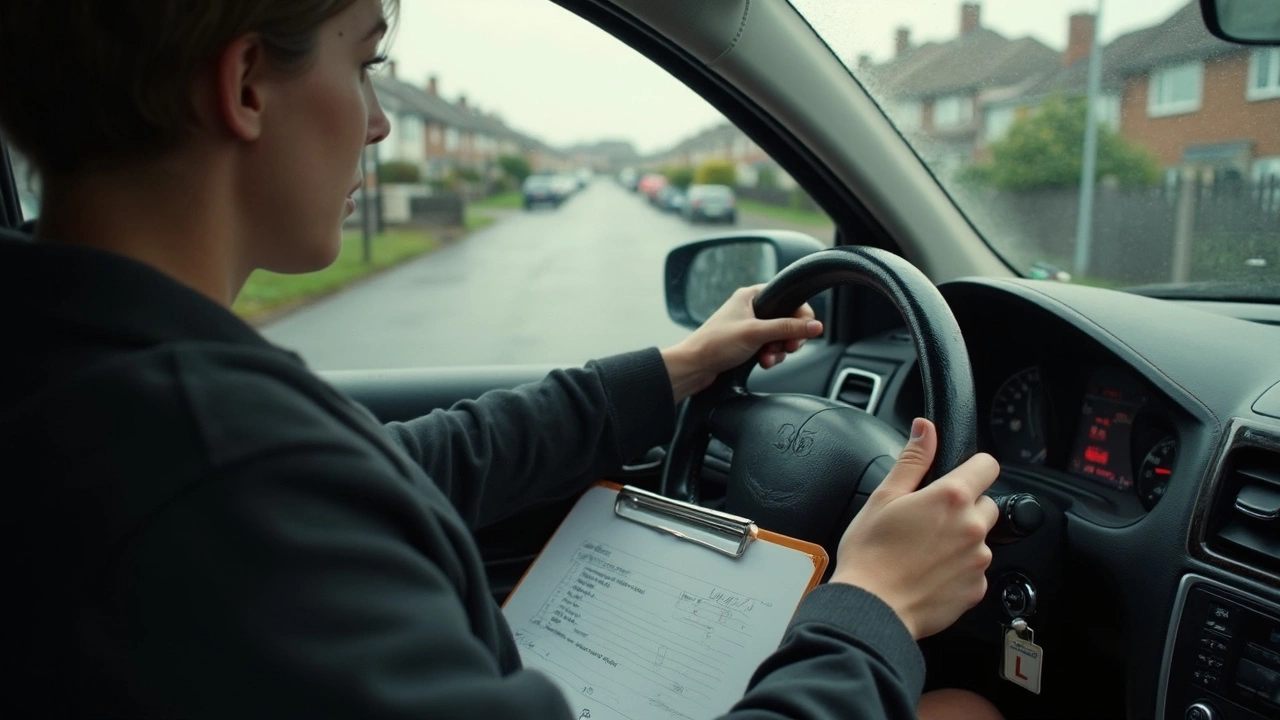Practice Routes to Sharpen Your HGV Driving Skills
If you’re learning to handle a heavy goods vehicle, nothing beats getting on the road with a well‑planned practice route. A good route lets you work on braking, shifting, and cornering without the pressure of a live delivery. It also builds the muscle memory you need when you’re on tight deadlines.
Why Practice Routes Matter
First, practice routes give you a safe space to make mistakes. You can pull over, reset, and try again without worrying about other drivers or cargo. Second, they let you focus on specific skills – for example, a steep hill for gear changes or a tight urban round‑about for maneuvering. Finally, repeating a route helps you gauge progress; you’ll notice quicker reaction times and smoother stops after a few runs.
Designing Your Own Effective Routes
Start by picking a few key objectives. Are you working on hill climbs, low‑speed city traffic, or high‑speed motorway merging? Choose roads that match those goals. A typical practice loop might include a short rural stretch with a gradient, a bendy country lane for steering control, and a section of dual carriageway to practice lane changes.
Map the route on your phone or a paper sketch. Mark spots where you want to stop, check mirrors, or practice reverse parking. Keeping a simple checklist—"stop, check blind spot, accelerate smoothly"—keeps the session focused. If you have a training supervisor, ask them to ride along and give instant feedback.
Timing matters too. Try to practice at different times of day: rush hour for congestion, night for reduced visibility, and clear daylight for confidence building. Varying traffic conditions forces you to adapt, which is exactly what real jobs demand.
Don’t forget the legal side. Make sure the roads you choose allow HGVs and that you’re not violating any height, weight, or low‑bridge restrictions. A quick check of local council websites saves you from costly detours.
After each run, jot down what went well and what needs work. Did you brake too early on the hill? Did you miss a mirror check before merging? Writing these notes helps you turn vague feelings into concrete actions for the next session.
If you’re stuck for ideas, try mimicking common delivery routes. Pick a local distribution centre, then plan a loop that includes loading bays, traffic lights, and a few tight turns. Even if you never drive that exact path in a job, the scenarios are realistic and train your brain for everyday challenges.
Remember, consistency beats intensity. A 30‑minute focused practice three times a week builds steadier skills than a single long, unfocused drive. Set a regular schedule, treat it like a lesson, and stick to it.
Finally, celebrate small wins. Nailing a smooth hill start or completing a perfect reverse park boosts confidence, and confidence is the biggest safety factor on the road. Keep refining your routes, stay curious, and you’ll see steady improvement without the stress of a real delivery.
- May 29 2025
- 0 Comments
- Rowan Cavendish
Mock Driving Test: How to Pass with Confidence
Worried about passing your mock driving test? This guide cuts to the chase, giving clear tips to boost your chances. Discover what actually happens during a mock test, why nerves can mess with your skills, and how to train smarter, not just harder. Real advice, real-life examples, and no pointless jargon—so you can step into the car feeling ready. Get the inside scoop on what instructors look for and how not to let silly mistakes ruin your day.
- Driving Lessons (41)
- HGV Training (31)
- Driving Test Tips (31)
- Driving Test Booking (26)
- Driving Licence Renewal (23)
- Driving Theory Test (21)
- Pass Plus Course (15)
- Driving Tips (15)
- Intensive Driving Course (15)
- Driver Licensing (14)
Categories
- December 2025 (12)
- November 2025 (13)
- October 2025 (21)
- September 2025 (5)
- August 2025 (8)
- July 2025 (30)
- June 2025 (30)
- May 2025 (30)
- April 2025 (31)
- March 2025 (30)
- February 2025 (28)
- January 2025 (34)
Archives
- driving lessons
- driving test
- driving tips
- intensive driving course
- driving test tips
- HGV training
- learn to drive
- driving theory test
- driver training
- driving test booking
- pass driving test
- HGV driving
- road safety
- driving license renewal
- Virginia driving test
- learner drivers
- safe driving
- Virginia driver's license
- driving license
- learning to drive

